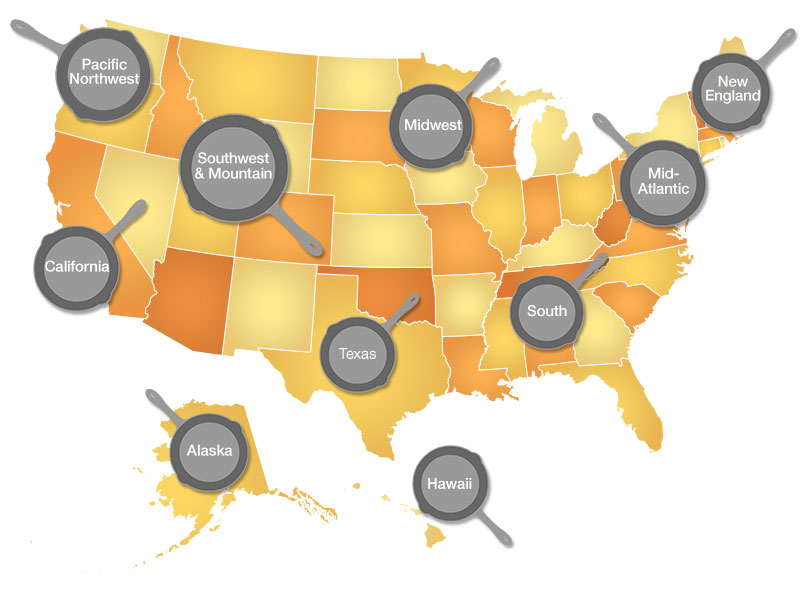Monday, 05/01/2026 | 18:11 GMT+7
NRDC’s Ralph Cavanagh looks at the roots of the energy efficiency successes in New England and the Pacific Northwest.
New England and the Pacific Northwest are separated by a continent, but they have a shared history of energy efficiency leadership that stretches back over some three decades, and two recent independent assessments show that their efforts to help customers find smarter ways to use electricity are now saving billions of dollars every year on utility bills.
In New England, the Acadia Center calculated that energy efficiency programs since 2000 resulted in $1.5 billion in reduced electricity bills just this past winter for customers in Connecticut, Rhode Island, Massachusetts, Vermont, New Hampshire and Maine , while saving the equivalent output of two giant nuclear power plants.
For the Pacific Northwest, an at least equally impressive regional scorecard for Idaho, Montana, Oregon, and Washington was published recently by the Conservation and Power Planning Council, based in Portland (for New Englanders, I’m referring to the Other Portland) . It found that cumulative Northwest electricity savings since 1980 exceed the annual output of the region’s six largest hydropower dams (including Grand Coulee): this is more than enough electricity to power the entire state of Oregon. These savings have cut the region’s annual electricity bill by more than $3 billion and met nearly 60 percent of its needs for new power supplies over that entire time.
The history
The Northwest got its energy efficiency start with federal legislation in 1980 that included the nation’s first regional energy planning mandate, along with the first official recognition that energy efficiency was a full-fledged energy resource capable of displacing power plants at lower cost. In other words, investing in programs that help utility customers use energy smarter is cheaper than building new generators.

Meanwhile, New England pioneered utility regulatory reforms that allowed utilities to earn rewards for investing successfully in low-cost energy savings for homes and businesses. The first energy efficiency programs offered by New England utilities in the 1980s were coauthored by experts on loan from the Northwest regional planning organization and its utilities (some later claimed to have been lured east by misrepresentations about the weather).
Energy efficiency knows no boundaries
Of course, energy efficiency progress extends well beyond New England and the Pacific Northwest. Saving energy more cheaply than it could be produced is the most important reason why total U.S. energy needs were lower in 2014 than in 2000, and why the rate of growth in electricity use has been well below the rate of population growth since 2000. And we’re nowhere near done, which is why the U.S. Environmental Protection Agency rightly has made energy efficiency one of the pillars of its effort to achieve 30 percent reductions in carbon pollution from U.S. power plants by 2030, while also reducing utility bills.
That’s a prospect worth savoring for all of us, and those who hail from the Northwest and New England are already living the dream.
Truong Duy








 Webinar 2: “Financial Support for Energy Efficiency Enterprises – Opportunities and Challenges”
Webinar 2: “Financial Support for Energy Efficiency Enterprises – Opportunities and Challenges”
 Vietnamese enterprises achieve green growth and cut costs through energy efficiency
Vietnamese enterprises achieve green growth and cut costs through energy efficiency
 Capacity Building for Program Implementing Entity
Capacity Building for Program Implementing Entity
 Enhance Energy Efficiency Knowledge for Managers of Cement Industrial Enterprises
Enhance Energy Efficiency Knowledge for Managers of Cement Industrial Enterprises
 Capacity building for participating financial institutions in Ho Chi Minh City
Capacity building for participating financial institutions in Ho Chi Minh City
 Strengthening capacity for energy management officers of local government agencies
Strengthening capacity for energy management officers of local government agencies
 Steel Enterprises Saving Energy and Enhancing Competitiveness
Steel Enterprises Saving Energy and Enhancing Competitiveness